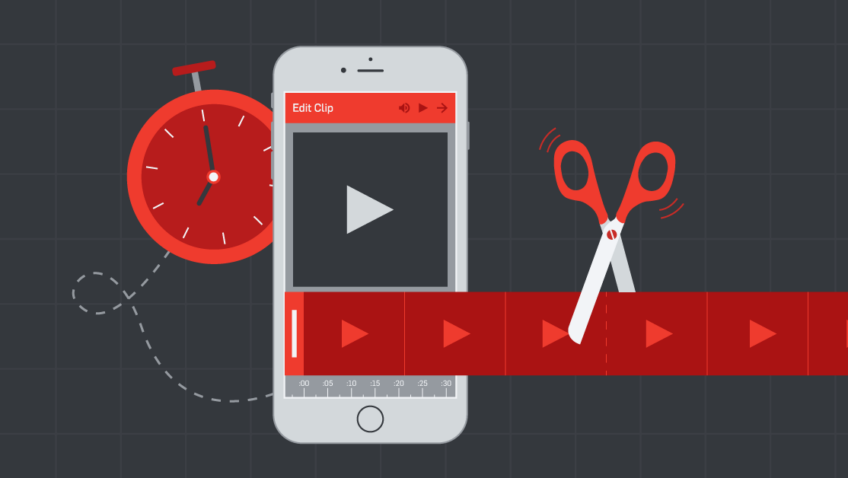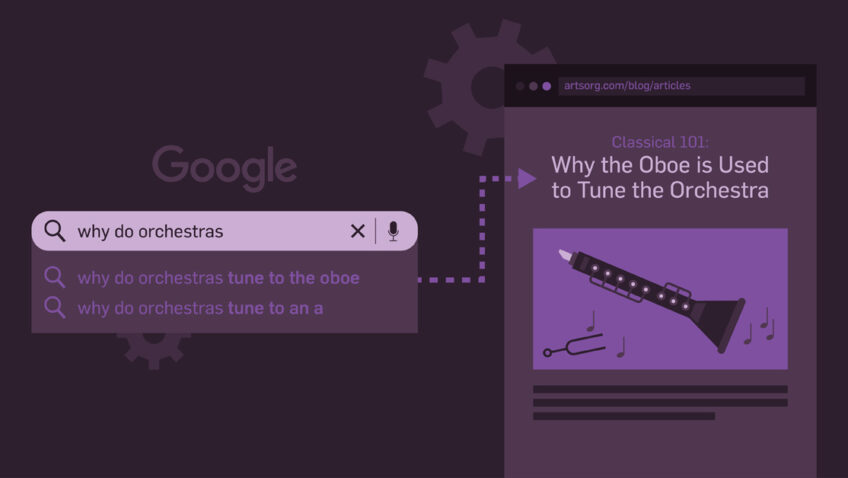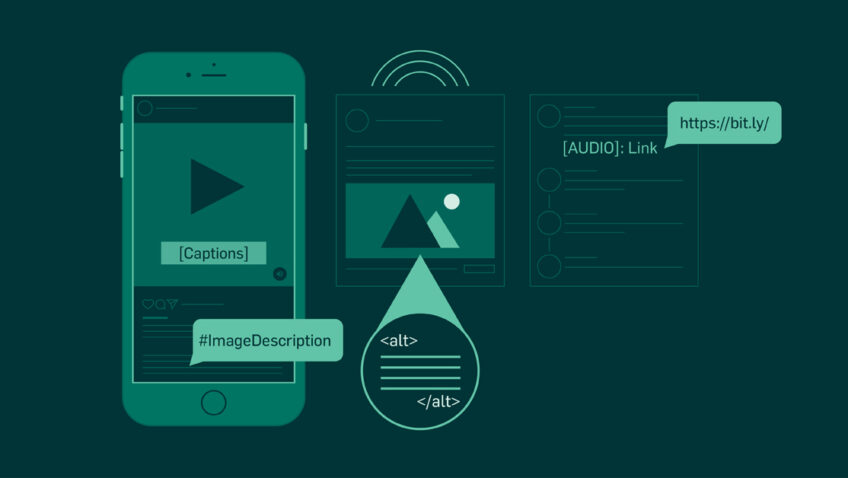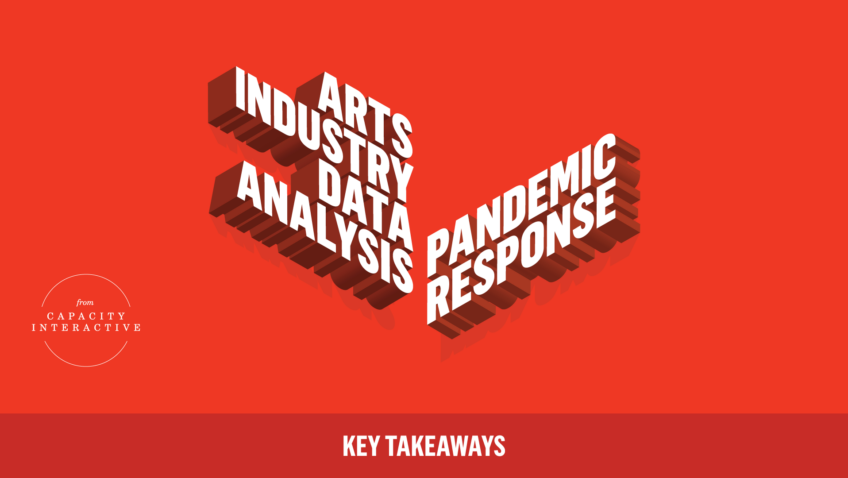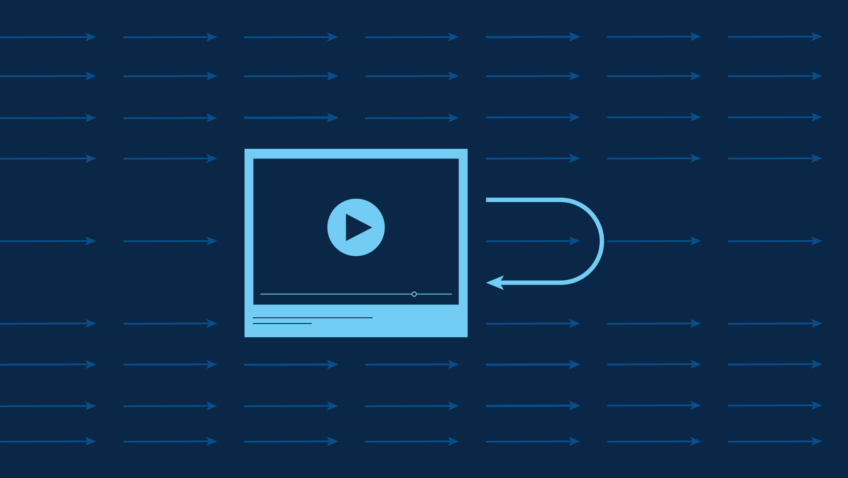Beyond Print: Leveraging the Power of Video
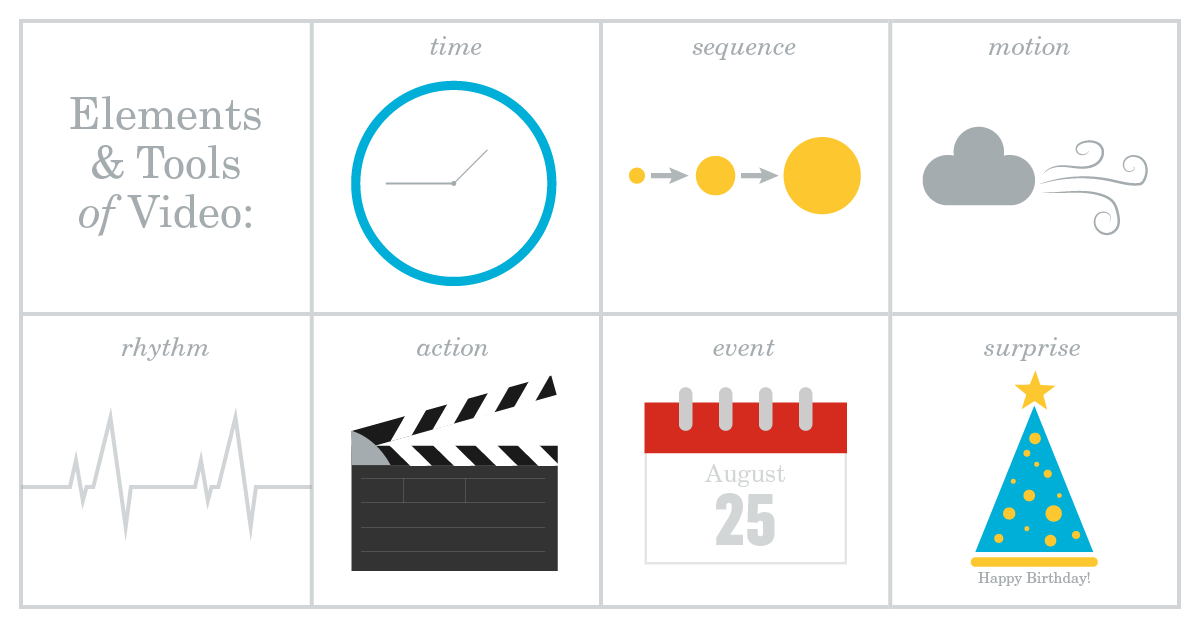 You’ve heard it over and over again…video is powerful and sells tickets. It’s on your list to make an amazing season video this year, but how do you even begin?
You’ve heard it over and over again…video is powerful and sells tickets. It’s on your list to make an amazing season video this year, but how do you even begin?
It would seem that an approach that is successful in print would be even more successful with video. However, it doesn’t always work that way.
The two mediums have very little in common and therefore, cannot be approached in a similar manner. Not only are the tools different, but the objectives are different as well.
When I refer to tools, I don’t mean software like Photoshop, InDesign, etc. I mean the actual tools of design that make a print ad: composition, color, image, typography, line, hierarchy, iconography, and metaphor.
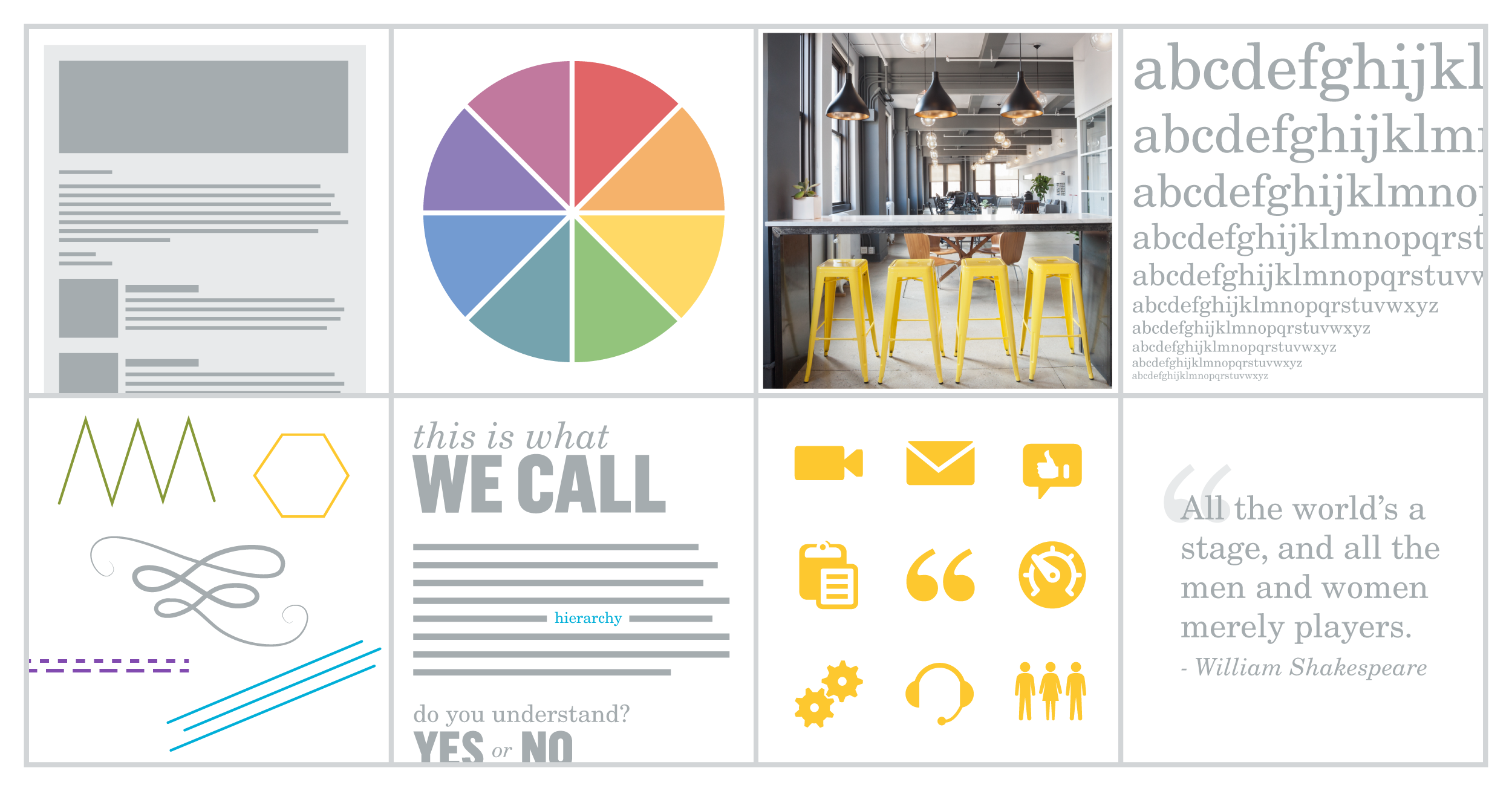
With video, however, we have even more elements and tools that need to be addressed: time, sequence, motion, rhythm, action, event and surprise.
If you are not specifically making pointed choices about these elements, you are missing the most important aspects of video. Imagine creating a print ad and not thinking about color. You would end up with an arbitrary result that may have the wrong impact or, just as bad, none at all.

As arts marketers, you likely have a keen sense of design. You know how to lead someone’s eye to the most important information first. You know how to use images to balance what the audience needs to know with what the producers want to say. You can do this because you are familiar enough with the tools of print. You now need to be just as adept at the tools of video to have the same impact.
But if you want to go even further and really take advantage of what video does better than print, you need to start with an objective.
Surprisingly, the objective of a video ad is completely different from a static ad. When you see a print ad, what do you expect it to be? Studies have shown that consumers expect a static ad to be informative. If it doesn’t contain information, we disregard it. However, when we see a video, we subconciously expect it to be entertaining. If it’s not, we disregard it.
For example, in a static ad, you can use the headline: “Uproariously Funny” – New York Times. Here, you have communicated that the show is funny and you’ve offered proof in the form of an attribute to the New York Times. This ad meets our expectations because it has provided us with the information we need.

However, because audiences expect a video to entertain us, the “information” approach won’t have the same effect. In a video, you can’t just tell them that the show is “Uproariously Funny.” You have to actually make them laugh or they will assume it’s not true.
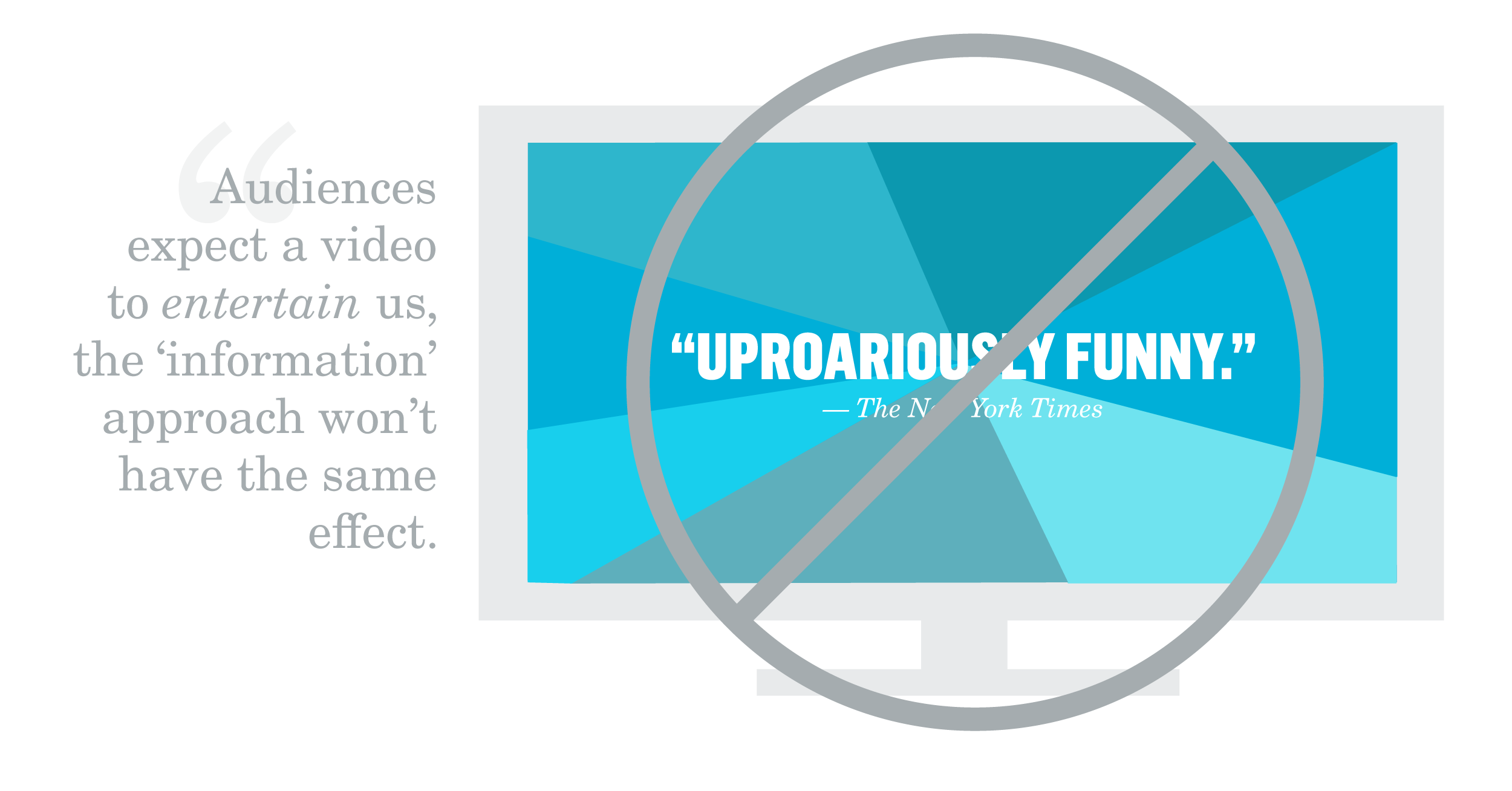 Making someone feel something is a very difficult task but the benefit is much greater. That’s why video is so important. If you aren’t approaching print and video with different objectives in mind, you are missing the power of what video can do to help you engage audiences.
Making someone feel something is a very difficult task but the benefit is much greater. That’s why video is so important. If you aren’t approaching print and video with different objectives in mind, you are missing the power of what video can do to help you engage audiences.
Mark Ciglar is the Founder & Creative Director of Cinevative. He was featured on a panel at Digital Marketing Boot Camp for the Arts in 2016 on Video Killed the Radio (and Print) Star.


